When reaching retirement age, if employees pay more than the number of years of social insurance participation to receive the maximum pension (35 years for men, 30 years for women), each year of excess payment will receive a one-time subsidy when enjoying the regime.
According to current regulations in the Social Insurance Law 2014, if male workers have contributed for 35 years and female workers have contributed for 30 years, they will receive the maximum pension (75%).
In case of paying excess years of social insurance participation to receive 75% of salary, each year is calculated as 0.5 months of average social insurance salary.
However, from July 1, 2025, the new Social Insurance Law (Social Insurance Law 2024) taking effect has added regulations towards increasing one-time subsidies for retirees who continue to work and participate in social insurance.
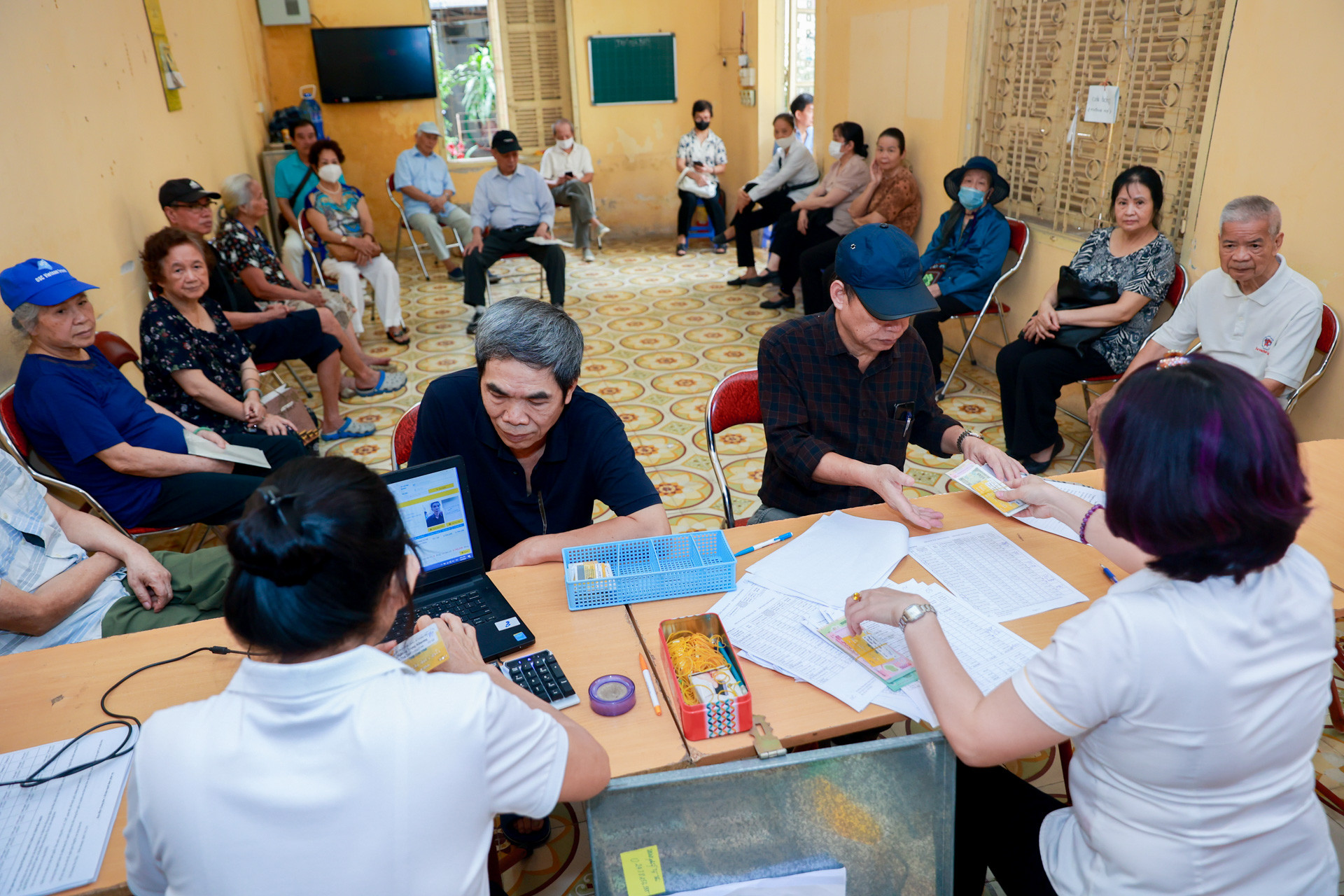
The new Social Insurance Law has higher adjustments for people who reach retirement age but continue to work and participate in Social Insurance.
Specifically, in the case of employees who are eligible for pension but continue to pay social insurance, the subsidy level is equal to 2 times the average salary used as the basis for social insurance payment for each year of payment higher than the prescribed number of years (from the time of retirement age).
How to calculate one-time benefits for retirees
To be able to calculate the one-time subsidy level according to the provisions of the Social Insurance Law 2024, the Ministry of Labor, Invalids and Social Affairs has provided specific calculation formula instructions.
For example, a specific case to calculate the lump sum benefit upon retirement is as follows:
Mr. A. works under normal working conditions. By the time he reaches retirement age, he has 39 years of social insurance contributions. If Mr. A retires immediately upon reaching retirement age, he will have 4 years of excess social insurance contributions.
With 4 years of excess social insurance contributions, each year Mr. A will receive a one-time allowance of an additional 0.5 months of average social insurance contribution salary. In this case, Mr. A's one-time allowance is: 4 years x 0.5 = 2 months of average social insurance contribution salary.
However, if Mr. A. does not retire immediately and continues to work and pay social insurance for 3 more years before retiring, Mr. A. will have a total of 42 years of social insurance contributions. Thus, in addition to his pension, Mr. A. will also receive a one-time benefit as follows:
4 years of social insurance contributions are more than 35 years before retirement age, each year is equal to 0.5 times the average salary used as the basis for social insurance contributions: 4 years x 0.5 = 2.0.
3 years of social insurance payment after retirement age, each year is equal to 2 times the average salary used as the basis for social insurance payment: 3 years x 2 = 6.
Thus, in this case, Mr. A. is entitled to a one-time pension upon retirement equal to 8 times the average salary used as the basis for social insurance contributions.
A labor expert said that increasing the one-time subsidy for retirees who continue to work and participate in social insurance will encourage workers, especially high-quality workers (experts, scientists , etc.) to have more motivation to continue working and contributing to society after meeting the retirement conditions.
Source: https://vietnamnet.vn/truong-hop-ve-huu-duoc-huong-them-khoan-tro-cap-mot-lan-rat-cao-2347615.html










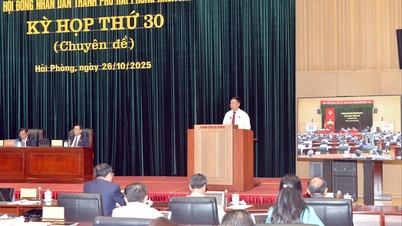















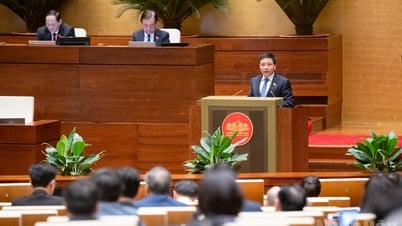
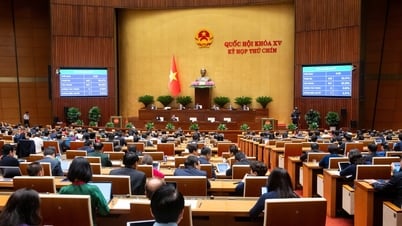









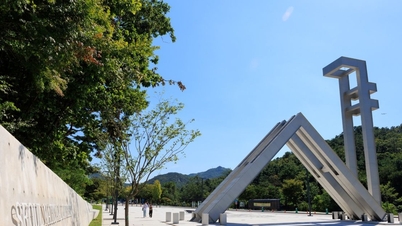



![[Video] Hue Monuments reopen to welcome visitors](https://vphoto.vietnam.vn/thumb/402x226/vietnam/resource/IMAGE/2025/11/05/1762301089171_dung01-05-43-09still013-jpg.webp)






















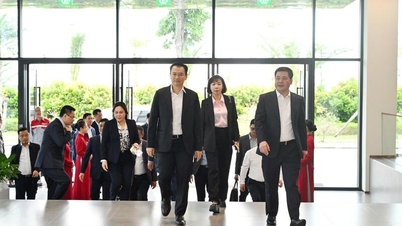
















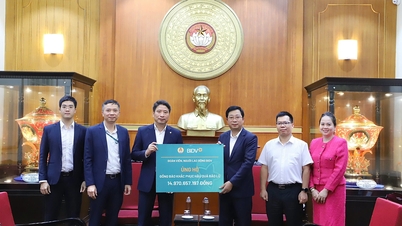

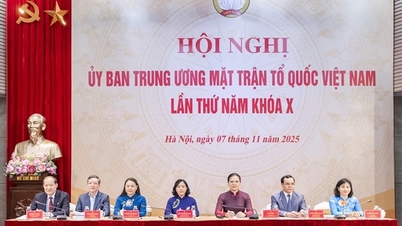


























Comment (0)